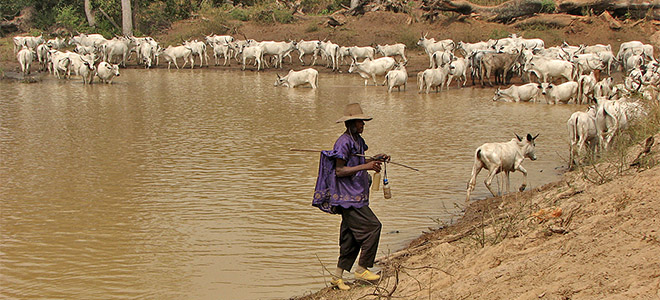
Comparison of Local Perceptions with Meteorological and Land Cover Data
by K. L. Dickinson, A. J. Monaghan, I. J. Rivera, L. Hu, E. Kanyomse, R. Alirigia, J. Adoctor, R. E. Kaspar, A. R. Oduro, and C. Wiedinmyer
Regional Environmental Change
December 26, 2016
Abstract: Local perspectives on changing weather and climate and analyses of meteorological data represent two different but potentially complementary ways of knowing about the local-scale impacts of global climate change. This paper uses quantitative social survey data from the Kassena and Nankana Districts of Northern Ghana and the best available meteorological records to examine recent changes in weather patterns for this region. The most commonly mentioned changes perceived by respondents include changes in the timing or predictability of rains, and overall drier conditions. Both of these changes are corroborated by precipitation datasets: The onset of the peak rainy season has shifted progressively later over the past decade, by up to a month, and the rainy season has been drier over the past 3–5 years compared to the past 10–35 years, mainly due to lower rainfall during peak months (June and July). Many respondents also said that conditions had become windier, and we find that this perception varies spatially within the districts, but no meteorological data are available for this climate parameter in this region. The common perception that deforestation is responsible for observed changes in weather patterns is partly supported by Landsat imagery indicating a reduction in dense vegetation in recent decades. This comparison highlights some of the potential benefits and challenges involved in giving more voice to community perspectives in the co-production of knowledge on global climate change and its regional impacts. Read more …

